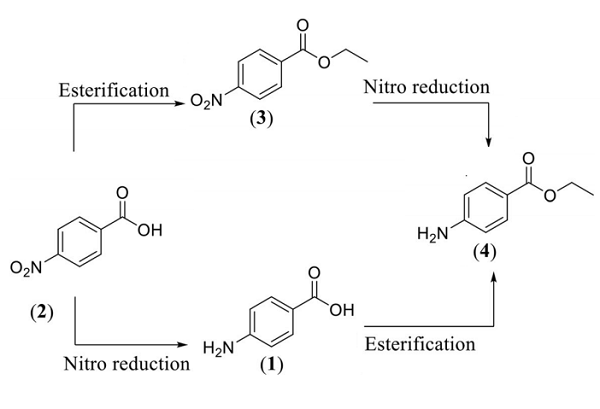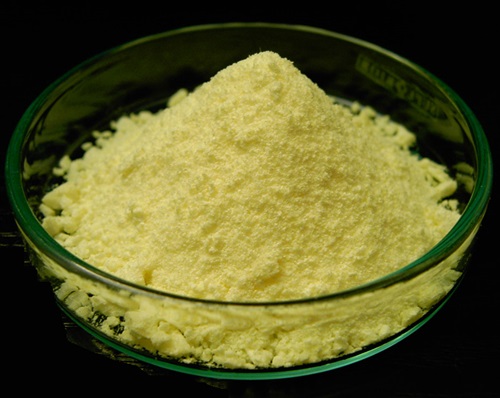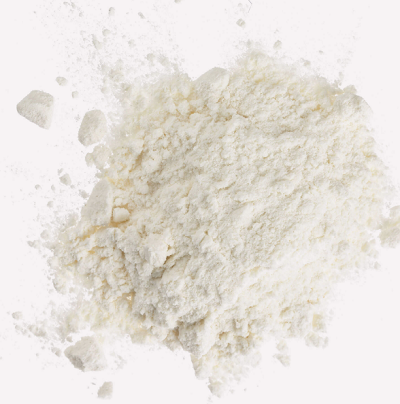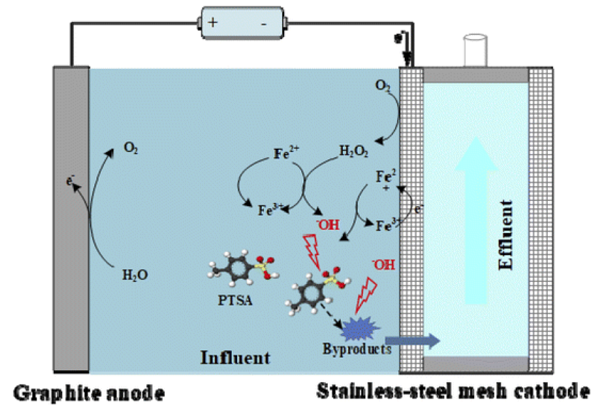The organic raw materials are petrochemicals made of petroleum and natural gas, and the industries of various organic chemical products are produced or fractionated by the raw material gas after coal gasification and the coal tar recovered by dry distillation. In China's organic chemical industry, the first acetylene route from coal-based calcium carbide, coalification to methanol, formaldehyde route and recovery of coal tar in benzene, naphthalene, anthracene and other routes and the use of grain as raw material fermentation distillation to produce alcohol routes. Organic raw materials are widely used and can be divided into three aspects: one is the raw material used to produce polymer chemical products, that is, the monomer for polymerization; the other is used in other organic chemical industries, including raw materials for fine chemical products; Used in solvents, refrigerants, antifreezes, gas adsorbents, etc. Basic organic chemicals are the basis for the development of various organic chemical products and are a major component of modern industrial structures.
Synthesis of 1-Bromobutane
1-Bromobutane is easily prepared by reacting butan-1-ol (primary alcohol) with sodium bromide solution and excess of concentrated sulfuric acid.
Jul 29,2024 Organic ChemistryQ:How to synthesize Benzocaine?
A:The classic, optimal way of benzocaine synthesis is reducing the nitro group of the ethyl ester of 4-nitrobenzoic acid to benzocaine by hydrogen.
Jul 29,2024 Organic ChemistryN-Isopropylbenzylamine synthesis and N-Isopropylbenzylamine uses
N-isopropylbenzylamine, an isomer of methamphetamine, has been used to adulterate methamphetamine.
Jul 29,2024 Organic ChemistrySynthesis and Reactions of 4,4-DIMETHYL-2-CYCLOHEXEN-1-ONE Synthesis
4 4-dimethyl-2-cyclohexen-1-one is a ketone organic compound used in organic synthesis and scientific research experiments.
Jul 26,2024 Organic ChemistrySynthesis and Uses of trans,trans-Dibenzylideneacetone
trans,trans-Dibenzylideneacetone often abbreviated dba, is an organic compound with the formula C17H14O. It is a pale-yellow solid insoluble in water, but soluble in ethanol.
Jul 25,2024 Organic ChemistryHow to synthesize Acetylacetone?
Acetylacetone is a commercial chemical with significant commercial value as a critical additive for aircraft fuel, metal extraction, and resin modification.
Jul 25,2024 Organic ChemistryN-Acetyl-D-glucosamine: used for the treatment of Osteoarthritis
N-Acetyl-D-glucosamine, or glcnac or N-acetylchitosamine, belongs to the class of organic compounds known as acylaminosugars.
Jul 25,2024 Organic ChemistryQ:How can the organic pollutant PTSA be removed from wastewater?
A:p-Toluenesulfonic acid (PTSA), a kind of aromatic sulfonate that belongs to the refractory organic pollutant, is one of the most widely used chemicals in the pharmaceutical, dye, petrochemical and pla
Jul 24,2024 Organic ChemistryEthylene: uses and Biosynthesis
The ethylene biosynthesis pathway is relatively simple, occurring via only two committed enzymatic reactions.
Jul 23,2024 Organic ChemistrySynthesis and uses of Pyrimidine
Pyrimidine is an aromatic, heterocyclic, organic compound similar to pyridine (C5H5N). The pyrimidine ring system has wide occurrence in nature as substituted and ring fused compounds and derivatives.
Jul 22,2024 Organic Chemistry












